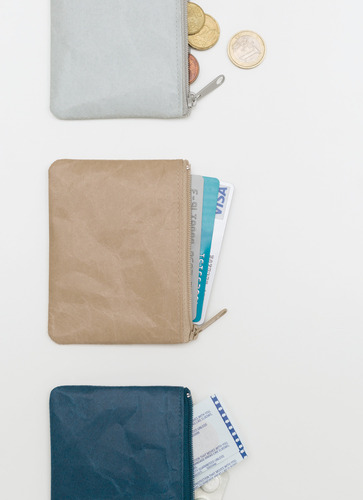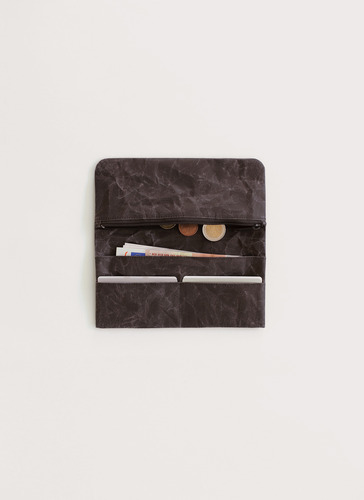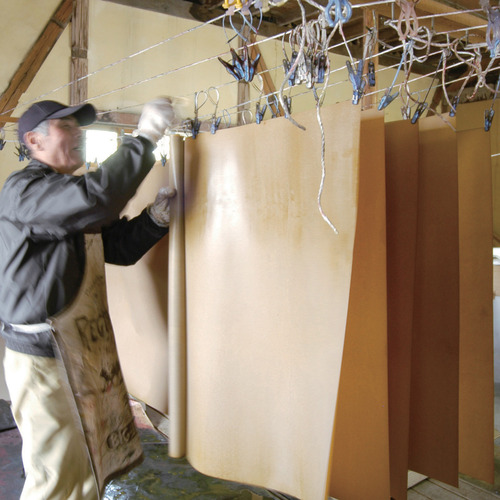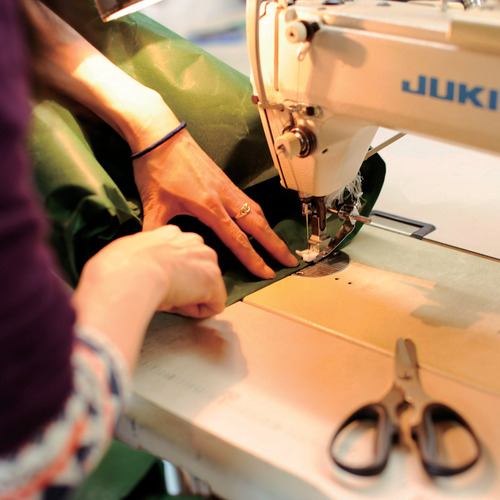



The history of wallets in Japan is closely related to the history of money.
Domestic coins that were used during the Muromachi period had holes in the middle and people carried them around by bundling them with a string. Many people kept this style until the Edo period, but as public security was improved and numbers of stores increased, coins had to be taken out frequently, and the traditional, inconvenient style was reconsidered, which led to the introduction of "kinchaku (drawstring pouch)."
In the mid-Edo period, when the shogunate system was established, each clan issued a currency called "hansatsu (clan note)" to be circulated within its territory, and a so-called "paper case" made of cloth that can store these notes appeared. It gradually diversified in design, as stylish clasps decorated these cases.
At the beginning of the Meiji period, when Japan began to receive influences from the Western culture, the design of the wallet has changed as well, as the "gamaguchi" was introduced. Though it is widely known to be traditional Japanese wallets, it was actually inspired by the metal fittings used in bags that were carried by women from Europe.
In recent years, due to the widespread use of credit cards and the diversification of clothing, the wallet has evolved to suit individual tastes and uses. Siwa's wallets well spot this trend, which is simple in design, diverse in colors and size, and compact and convenient. It also incorporates the Japanese traditional paper "washi," fully conveying the Japanese culture. We recommend the modern yet traditional Japanese wallet by all means.
SIWA's Wallet
https://www.shokunin.com/en/siwa/saifu.html
Reference:
https://goldplaza.jp/column/wallet_history